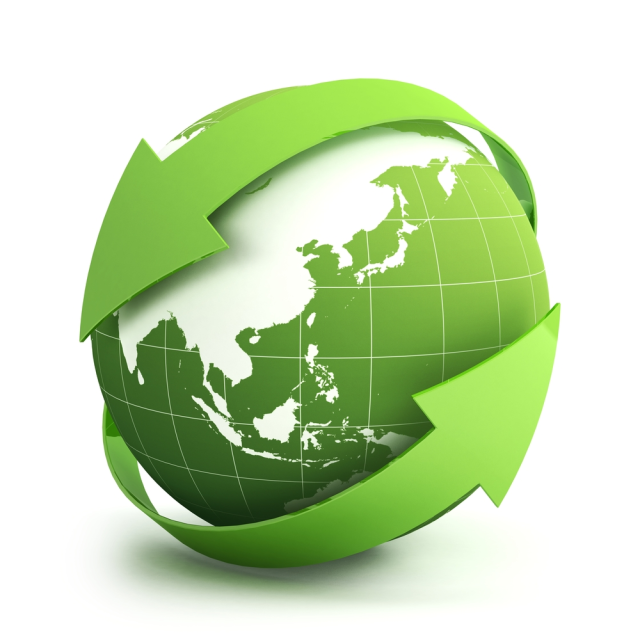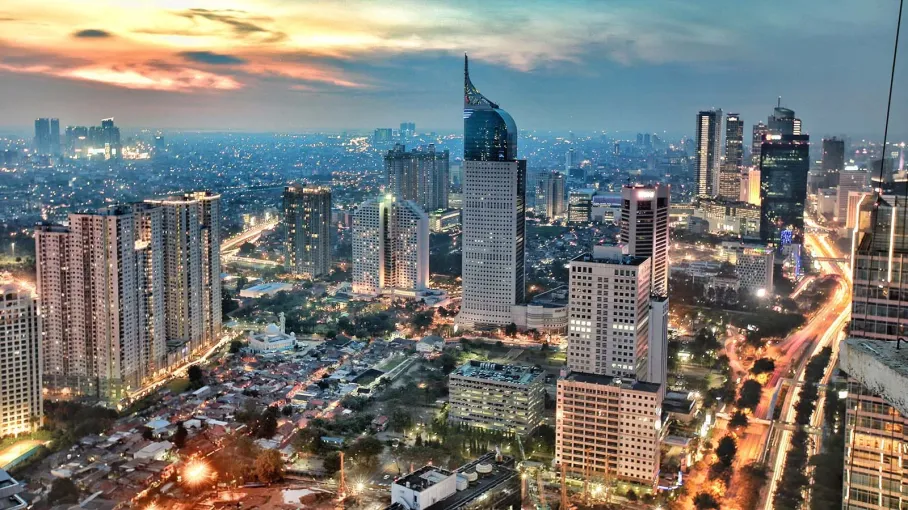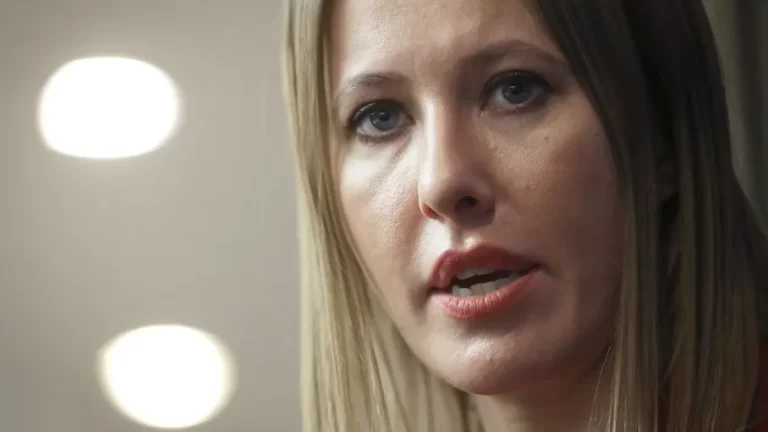Castes, Dress Code and Math Problems: How to Launch a Business in Southeast Asia
Russian startups are increasingly looking at emerging markets. Among them, Southeast Asia deserves special attention: entrepreneurs who until recently were only acquainted with this region as tourists are now studying its business potential and business culture. Denis Balyura, the founder of voice robot platform Tomoru, shares his experience in Indonesia and the Philippines, and explains what to prepare for before entering these markets
Who should go to Southeast Asia and why?
When choosing a geography for development it is important to determine the business goals of the company. For example, if your goal is to become an IT giant with a capitalization of $1 billion, you need a large market. We calculate that our company needs to attract about 9000 new users per month to achieve such goals. If you stay only in Russia, you cannot avoid internal “cannibalism”. Marketers and salespeople will start to compete for clients and “devour” each other. To grow, you need to enter four or five new markets that are at least as large as Russia.
We started to study where to go. We immediately dismissed the U.S. – it’s a huge market with good multipliers, but now it is overheated. According to research by venture investor Tomasz Tunguz, in 2022, a quarter of software companies’ multiples will fall below the 2016 level. In my opinion, the European market, which attracts Russian startups, is too regulated and conservative. Thus, according to a BCG report, 72% of European startups believe that local investors have problems investing in modern technology.In addition, local companies often use outdated technology. According to McKinsey & Company, large European businesses spend 40% less on R&D than American companies.
Switching to new tools, such as voice-activated robots, is a painful and expensive process for them. Growing markets are much more interesting – Russian startups can try to “get into” their growth cycle and cream off when the markets take off. China used to be such a market, but now it is almost more regulated than the American one. The companies that went there have already worked off the early-entry risk premium. The Indian market is still promising, but our analysis shows that all local startups from our segment have moved to the United States.
Southeast Asia is a huge region, larger in population than Russia. The potential market in Indonesia is 2.5 times larger than the Russian market, and the Philippines is another half of the Russian market. In terms of population, the markets are larger only in India, China, and the United States. At the same time, our analysis of the market showed that technologically local companies are still behind us. This means that it is easier to sell the product compared to the developed markets. In addition, these economies are now growing strongly. The World Bank predicts that Indonesia’s economy will grow by 5% in 2022. Startups looking at this market could attract a large number of “unicorn” companies. According to the National Research University Higher School of Economics, Indonesia is one of the top 15 countries in terms of the total number of unicorns. Favorable business climate makes it easier to attract venture investments.
Culture shock
The two main difficulties we encountered in entering the market were finding local employees and establishing business communication with partners.
The first is due to the fact that specialists from the region, for example product managers, often have a worse analytical mindset than Russian ones. We came across candidates who had trouble with simple mathematics. At the interview, they would “fall apart” on elementary questions about unit economics.
This also applies to buyers in the local market. In Russia, we often sold voice-robot technology through efficiency metrics, conversion rates, calculating return on investment. In Indonesia and the Philippines, we had to seriously simplify our sales techniques. Potential clients did not understand well, for example, how investing in automation would help them increase the number of sales. That is why sales managers now write scripts that should be understandable even to a five-year-old child.
As a result, Russian specialists from our international department manage the projects and are responsible for marketing in the region. They have honed their skills and immersed themselves in the product, working with Russian clients. Now they have transferred this knowledge and experience to the countries of South-East Asia. We also have two or three local people working in each country in the region. They are important, first and foremost, to train the robots. That’s what they’re for:
Working with semantics. The voice robot has to understand the meaning of speech. It must understand the dialects and speech patterns of the locals.
Robot voiceover. Foreign voice dubbing specialists are unlikely to accurately convey the richness of a live language. That's why we have local voice actors.There are many subtleties associated with the negotiation process in Southeast Asia. Here are a few key ones:
Unproductive business meetings over food. In Indonesia, they like to eat during negotiations. The business conversation lasts about 15 minutes. Then the food is brought, and during the meal it is not customary to talk about business. It can take a long time: lunch or dinner ends when someone gets up from the table first. After that, everyone splits up and continues chatting on WhatsApp. This format of negotiation does not suit me at all. I try to hold all meetings in Zoom: I may be underestimating how this can affect personal relationships with partners, but I see that at the moment the effectiveness of such online meetings is much higher.
Dress Code. You have to dress for business meetings in a way that is customary in the local business culture in order for them to start talking to you at all. For example, you can't come to business meetings in shorts or a short-sleeved shirt. Despite the hot climate, you must come to your partners in a suit and a tight shirt of white or neutral color. Dress is indeed the way to be greeted here, and this rule should not be ignored, it will be considered an insult.
Traditions. In addition, you must pass money and even business cards in a certain way. It is customary to do it strictly with the right hand and preferably to a person of your own sex - it has to do with religion. If you need to give your business card and/or money to someone of the opposite sex, you can try to use the help of a local mediator. If he also knows your potential partners well, it works as a letter of recommendation.
Caste. The region is not very fond of dealing with strangers, even locals from another caste. For example, an Indonesian from the same caste will never buy anything from an Indonesian of excellent origin. For a foreigner to be trusted, you have to be polite, emotionally restrained, and not talk about religion or politics. Behave calmly - haste here may be considered a sign of disrespect. You have a better chance of success if you are introduced to the client by a respected member of his caste. There are two ways to gain such contact: slowly but surely develop communication with professionals in the region, or tell such professionals right away about the large budget of the project. Cheap leads and breakthrough development: what else does SEA attract business
One of the key advantages of the region is the effectiveness of marketing. In the region we have Russian specialists from the international department in charge of marketing. We transferred all the channels we were actively using in Russia. The first launch was not the most successful. We tested the hypothesis and used old creatives which we translated through an online translator. But even it showed that the leads were much cheaper than in Russia. And in the second iteration, after adapting the marketing campaign, the cost of a lead was five times lower than in Russia.
Another advantage is the growth of active venture angels and funds investing in young startups. According to ASEAN, the amount of private and venture capital investment in companies in the region has grown from $36 billion in 2017 to $66 billion in 2021. Meanwhile, the number of startups that raised more than $1 million grew from 652 to 192 (2015 and 2021, respectively). Therefore, this fast-growing market promises great opportunities for innovative companies.Due to the fact that the market is just developing, there is no “blood ocean” effect on it, as, for example, in the U.S. or Europe. Therefore, it will be easier for startups to enter it, even if they do not have an innovative idea. For example, fintech is now developing at a breakthrough rate in the region. According to the Bank of Indonesia, in January 2022, the number of electronic transactions grew by 66.5% year-on-year.
What’s important to keep in mind when launching a company in the region
The basic rule of thumb is cheap and constant hypothesis testing. Decompose processes and test each step before pouring in big budgets.
Also, do some basic research in parallel to find out the mentality of the country. Without it, you can make fatal mistakes where you don’t expect them at all. For example, use a color palette in your creative that the locals will perceive negatively. Some Indonesians believe that white and green are the colors of the Queen of the South Seas, which takes people to the sea. Such a combination can alienate potential customers.







